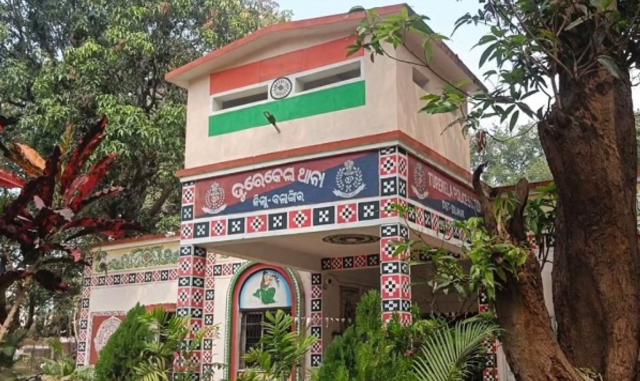Amid concerns of heavy monsoon activity, Odisha officials have confirmed that there is no imminent flood threat to the Hirakud reservoir or major river systems in the state.
Despite a cyclonic circulation currently active over Jharkhand, rainfall and discharge patterns remain within manageable limits, according to the Water Resources Department.
Sagar Mohanty, a senior engineer with the department, clarified that the Hirakud reservoir is currently at just 19% capacity, leaving substantial room for additional inflow. Key rivers like Subarnarekha, Budhabalanga, and Jalaka are all flowing below their respective danger levels, and moderate rainfall is forecast without any signs of cloudbursts or extreme weather activity.
The cyclonic system is expected to influence rainfall over the upper Mahanadi and Baitarani basins, but as of now, the intensity remains within safe parameters. Official rainfall data shows 60 mm precipitation in the Mahanadi basin and 30 mm in Brahmani, both well below flood-triggering thresholds.
To regulate water levels, six gates of the Chandil Dam in Jharkhand have been opened. However, engineers assured that the discharge is controlled and does not pose a threat to downstream regions in Odisha.
Localised Waterlogging Persists in Balasore
Even as river levels recede, pockets of localised flooding remain a concern. In Bhograi block of Balasore, more than 30 villages across 15 panchayats are still marooned due to earlier rainfall. While the Subarnarekha River has dropped from its peak of 10.36 metres to 9.17 metres at Rajghat, several areas—such as Kusuda, Gabaga, and Manunagar—remain isolated with roads submerged under up to four feet of water.
Officials noted that such waterlogging is due to prolonged rainfall rather than sudden flooding and reassured the public that conditions are being closely monitored.





























